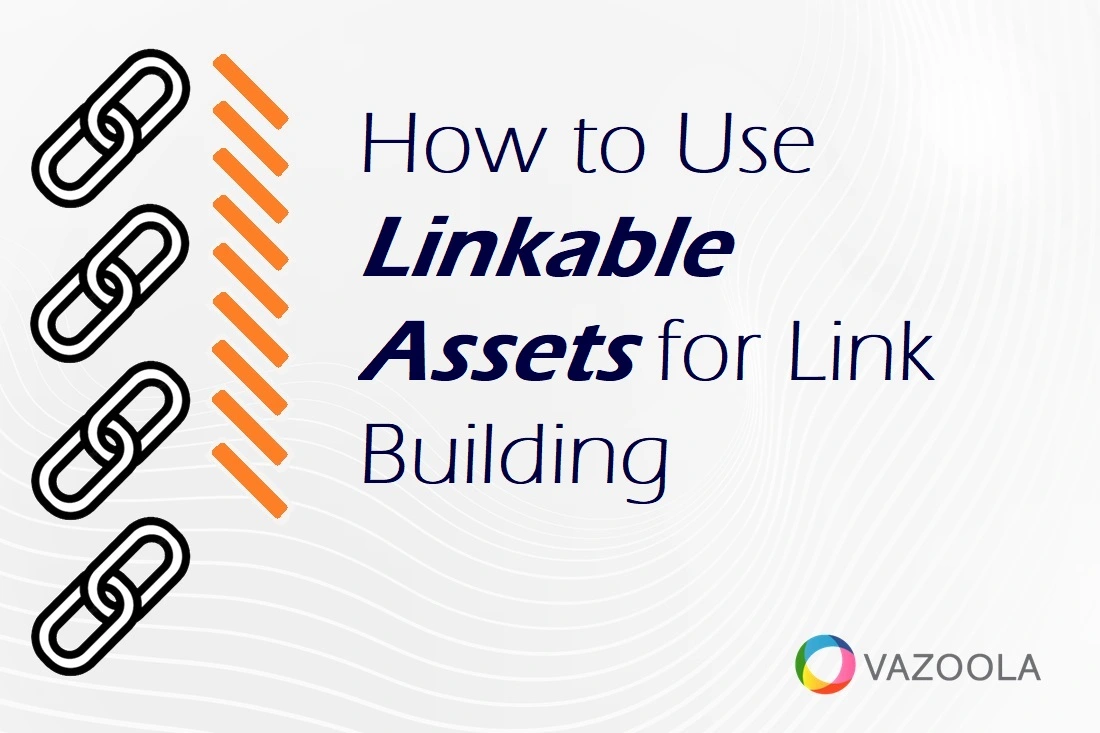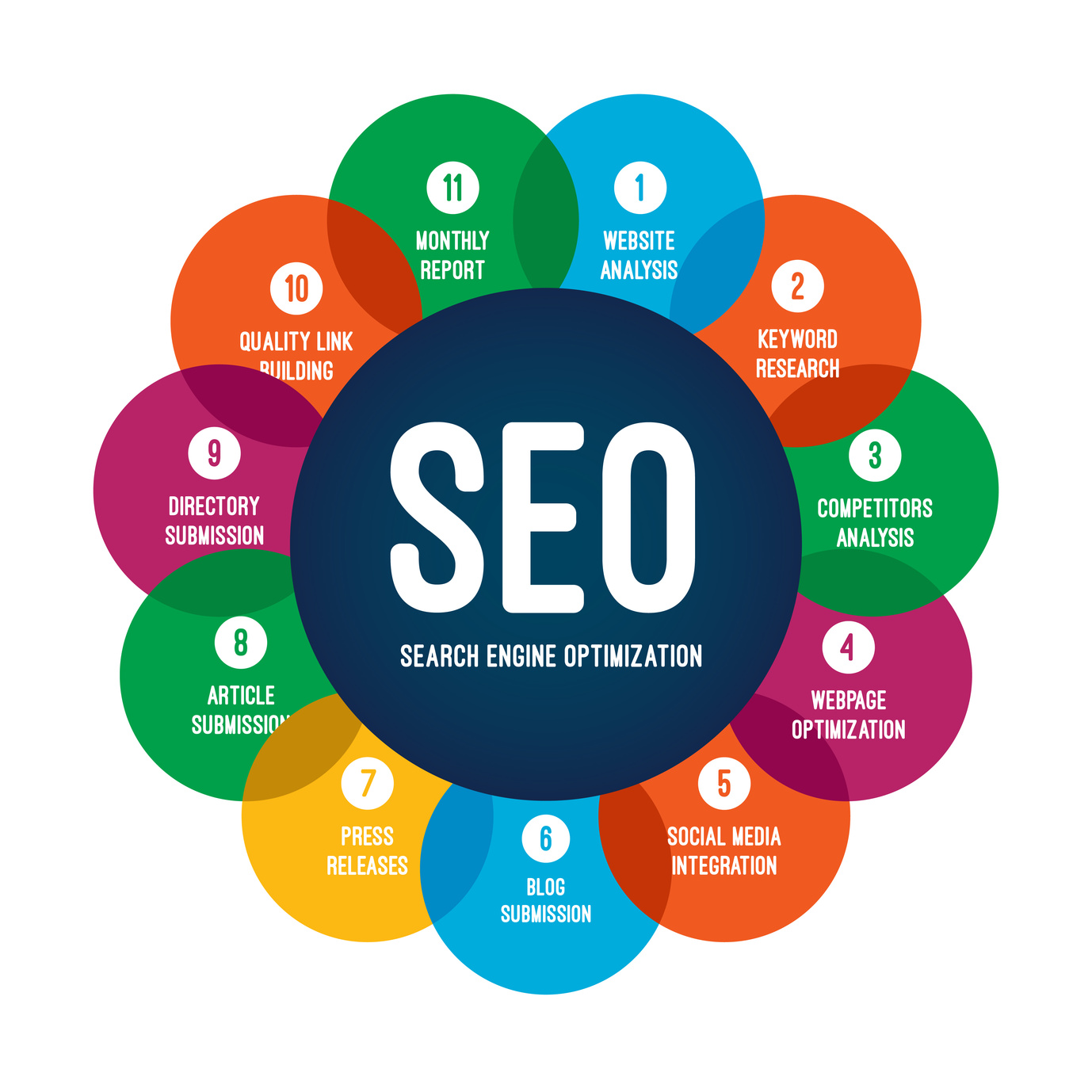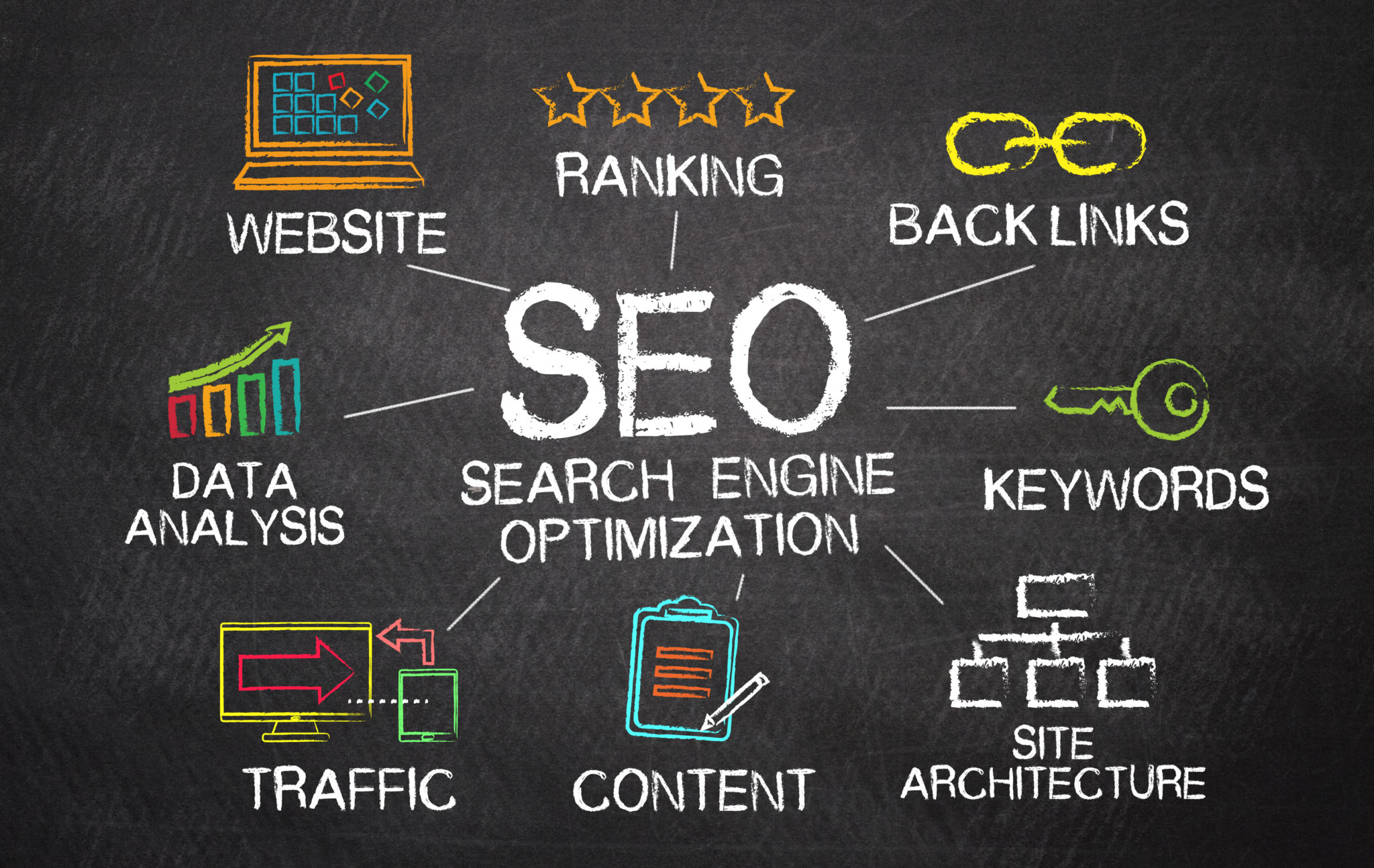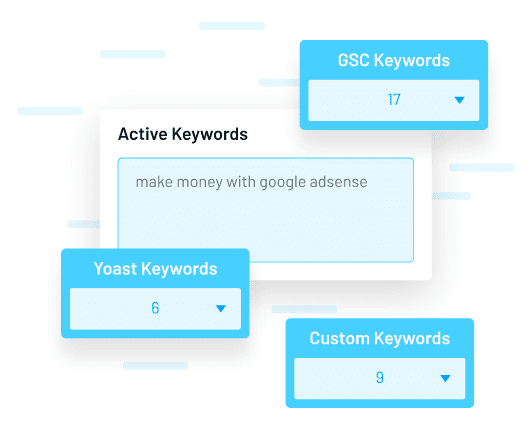
In the ever-evolving world of SEO, one strategy has remained consistently effective: leveraging linkable assets. These are high-value pieces of content that naturally attract backlinks from other websites, enhancing your site’s authority and search rankings. But what exactly are linkable assets, and how can you create them effectively? This guide will walk you through the process, from understanding their importance to implementing practical strategies that drive organic traffic and build brand credibility.
What Is “Linkable Assets” and Why It Matters

Linkable assets are not just any content—they are meticulously crafted resources that provide unique value, solve real problems, or offer insights that others find useful enough to reference. These can take many forms, including infographics, research reports, comprehensive guides, and interactive tools. The key is that they are so valuable that other websites want to link to them without being asked.
Why does this matter? Because backlinks remain one of the most critical ranking factors in Google’s algorithm. When reputable sites link to your content, it signals to search engines that your site is trustworthy and authoritative. This, in turn, improves your visibility in search results, drives more traffic, and enhances your overall SEO performance.
Moreover, linkable assets help you build a strong brand reputation. When industry leaders or influencers cite your work, it reinforces your expertise and credibility, making your content more likely to be shared and linked to in the future.
How Linkable Assets Impact SEO Performance

The impact of linkable assets on SEO is multifaceted. Here’s how they influence your website’s performance:
- Higher Rankings: As mentioned, backlinks are a core component of Google’s ranking algorithm. The more high-quality backlinks your content earns, the higher it can rank for relevant keywords.
- Increased Traffic: Improved rankings mean more visibility, which translates into more clicks and organic traffic. This traffic often comes with high intent, leading to better engagement and conversions.
- Enhanced Brand Authority: When well-known sites link to your content, it builds trust with both users and search engines. This helps establish your brand as a go-to resource in your niche.
- Long-Term Value: Unlike paid links or manipulative tactics, linkable assets provide lasting value. Once created, they can continue to attract backlinks and drive traffic for years.
For example, a case study published by a digital marketing agency earned a backlink from HubSpot, a major player in the industry. This not only boosted their domain authority but also increased their visibility among potential clients.
Step-by-Step Implementation Framework

Creating effective linkable assets requires a strategic approach. Follow these steps to build content that naturally attracts backlinks:
1. Define or Audit the Current Situation
Before creating new content, analyze your existing assets. Use tools like Ahrefs or SEMrush to identify which pieces of content are already earning backlinks. Look for patterns—what types of content are performing well? Are there gaps in your content strategy?
2. Apply Tools, Methods, or Tactics
Once you have a clear picture of your current content landscape, focus on creating assets that fill those gaps. Here are some effective methods:
– Research: Conduct surveys, interviews, or competitor analysis to uncover topics that haven’t been covered in depth.
– Original Data: Publish studies or reports that offer fresh insights. For instance, a survey on customer satisfaction trends could become a valuable resource for other websites.
– Interactive Elements: Add quizzes, calculators, or videos to make your content more engaging and shareable.
3. Measure, Analyze, and Optimize
After publishing your content, track its performance using tools like Google Analytics and Search Console. Monitor metrics such as backlink count, time on page, and referral traffic. Use this data to refine your strategy and improve future content.
Real or Hypothetical Case Study
Let’s look at a hypothetical example of how linkable assets can boost SEO performance. A tech blog created an in-depth guide on “How to Choose the Right SEO Tools.” The guide included comparisons, use cases, and expert insights. Within six months, it attracted over 50 backlinks from industry blogs and publications. As a result, the blog’s domain authority increased by 20%, and organic traffic grew by 35%.
This case study highlights the power of well-researched, informative content in attracting natural backlinks and driving long-term SEO success.
Tools and Techniques for Linkable Assets

To create and promote linkable assets effectively, use the following tools:
- Ahrefs: For backlink analysis and keyword research.
- Google Search Console: To monitor your site’s performance and identify opportunities.
- SEMrush: For competitive analysis and content optimization.
- Canva: For designing visually appealing infographics and graphics.
- Grammarly: To ensure your content is clear, concise, and error-free.
- BuzzSumo: To discover trending topics and see what content is performing well in your niche.
These tools can help you streamline the process of creating, analyzing, and promoting your linkable assets.
Future Trends and AI Implications
As AI continues to shape the SEO landscape, the role of linkable assets will only grow more important. With the rise of voice search and multimodal content, creating content that is both informative and easily digestible will become even more crucial. AI-powered tools like SurferSEO and Clearscope can help you optimize your content for both search engines and user intent.
Additionally, as Google refines its algorithms to prioritize E-E-A-T (Experience, Expertise, Authoritativeness, Trustworthiness), the need for high-quality, original content will become even more pronounced. By focusing on creating linkable assets that align with these principles, you’ll stay ahead of the curve and maintain a competitive edge.
Key Takeaways
- Linkable assets are high-value content that naturally attracts backlinks.
- They improve SEO performance by boosting rankings, traffic, and brand authority.
- Creating them involves research, originality, and promotion.
- Use tools like Ahrefs, Google Analytics, and Canva to streamline the process.
- Focus on E-E-A-T principles to stay aligned with future SEO trends.
By implementing these strategies, you can build a robust linkable asset portfolio that drives long-term SEO success and strengthens your online presence.
Meta Title: How to Use “Linkable Assets” to Attract Natural Backlinks
Meta Description: Learn how to create high-value content that naturally attracts backlinks and boosts your SEO. Discover actionable strategies for building linkable assets.
SEO Tags (5): linkable assets, backlinks, SEO strategy, content marketing, digital marketing
Internal Link Suggestions:
– [Parameter #3]: Content Quality and User Experience
– [Parameter #7]: Technical SEO Best Practices
– [Parameter #9]: On-Page SEO Optimization
External Source Suggestions:
– https://www.searchenginejournal.com
– https://ahrefs.com
– https://www.google.com/search-console






